Description
In Imagining Indians in the Southwest, Leah Dilworth examines the creation and enduring potency of the early twentieth-century myth of the primitive Indian. She shows how visions of Indians – created not only by tourism but also by anthropologists, collectors of Indian crafts, and modernist writers – have reflected white anxieties about such issues as the value of labor in an industrialized society, racial assimilation, and the perceived loss of cultural authenticity. Dilworth explores diverse expressions of mainstream society’s primitivist impulse – from the Fred Harvey Company’s guided tours of Indian pueblos supposedly untouched by modern life to enthnographic descriptions of the Hopi Snake dance as alien and exotic. She shows how magazines touted the preindustrial simplicity of Indian artisanal occupations and how Mary Austin’s 1923 book, The American Rhythm, urged poets to emulate the cadences of Native American song and dance. Contending that Native Americans of the Southwest still are seen primarily as living relics, Dilworth describes the ways in which they have resisted cultural colonialism. She concludes with a consideration of two contemporary artists who, by infusing their works with history and complexity, are recasting the practices and politics of primitivism.

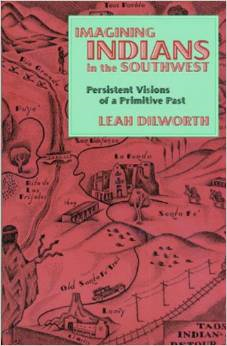
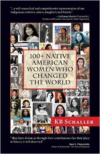
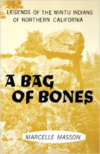
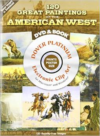
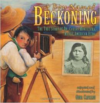
Reviews
There are no reviews yet.